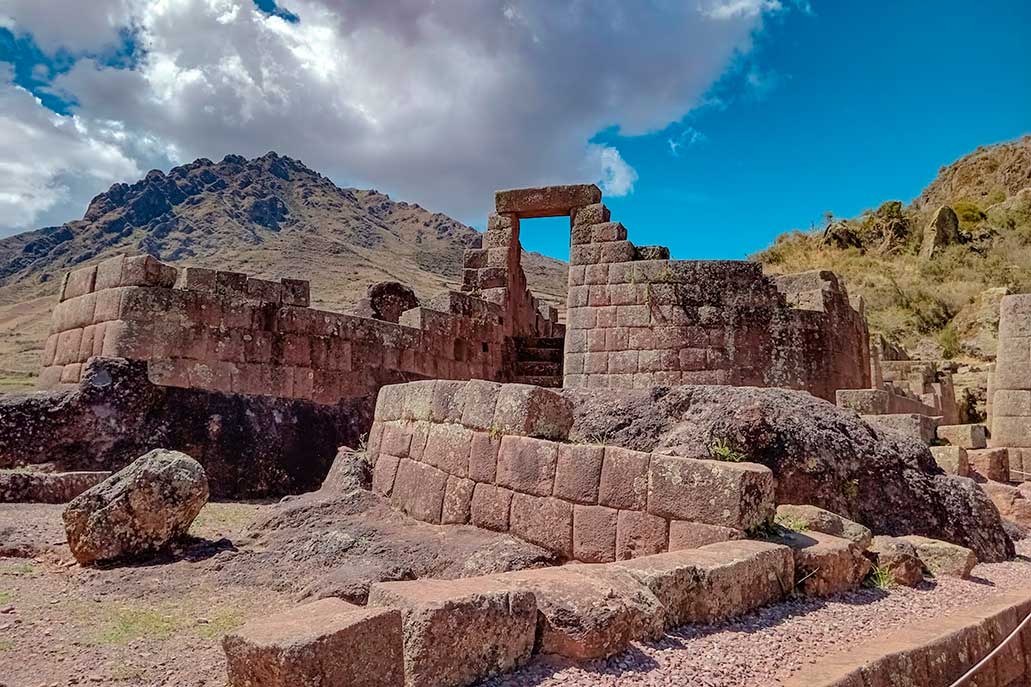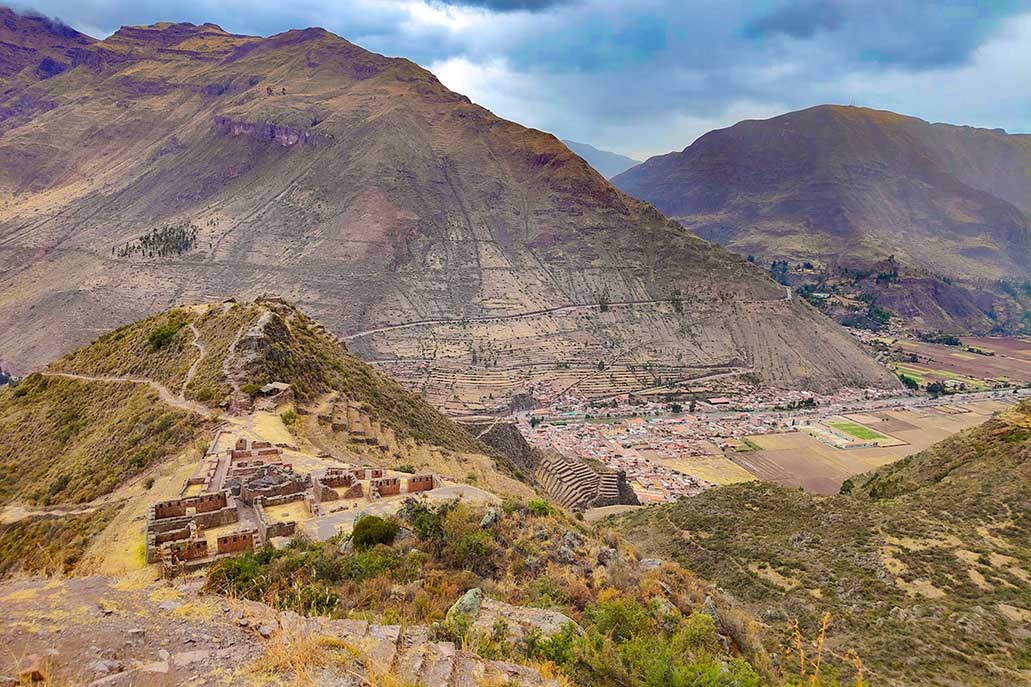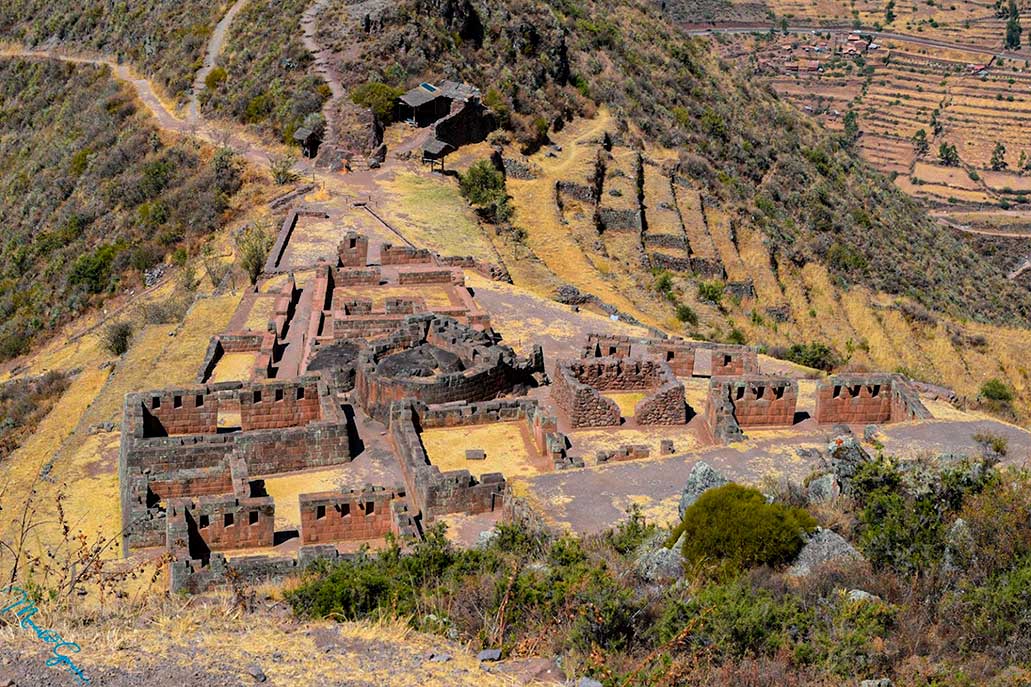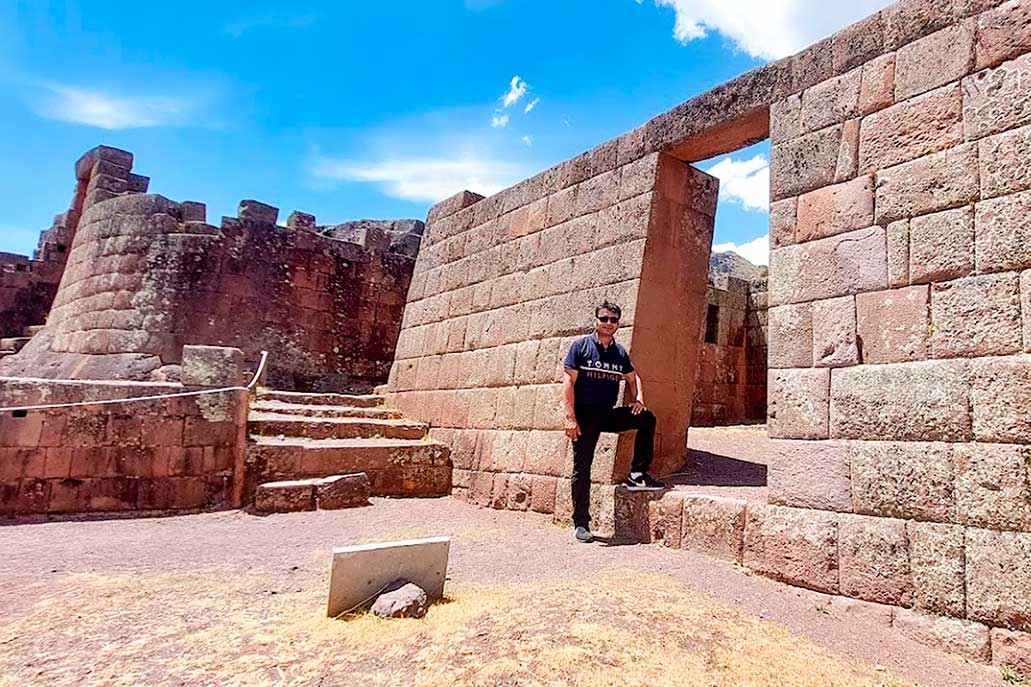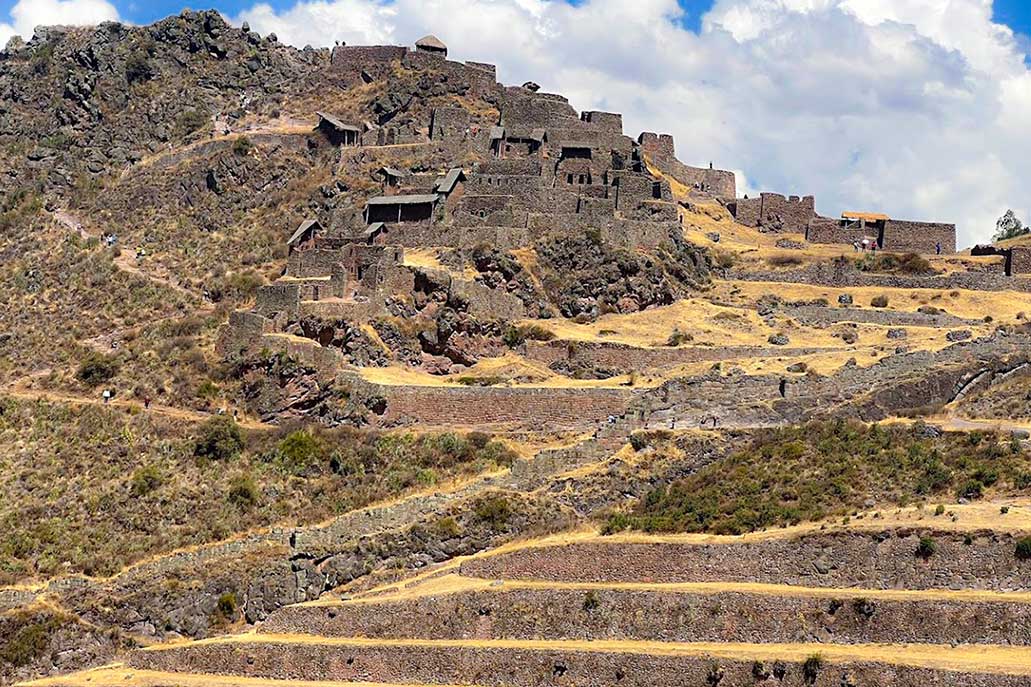Pisac, Inca site in the Sacred Valley How to get there from Cusco?
Pisac is located very close to Cusco and at the same time, it seems to be the point that began the entire natural territory of the Sacred Valley of the Incas. Pisac is home to a lot of history. Also, it has archaeological remains that remain a mystery among archaeologists who remain afraid to continue with research that shows the importance that this archaeological park represents. In this short article, we will learn more about the history, details about the remains that survived to this day, and information so that all interested parties can visit it without any problem.
Content
History of Pisac
To talk about the history of Pisac it will be necessary to recapitulate the historical processes that link it as one of the first Inca constructions. There are studies that the date of some of its enclosures dates back to the 10th and 11th centuries.Later, the Incas would take over this place by dominating the entire territory after the fight against the Chancas. Where some of the ethnic groups of this place united peacefully and others, on the other hand, consolidated better ties of alliances, through marriages. One of these alliances was that of the chiefs of Ayarmaca and the Incas, who began the reforms and constructions in what we know today as Pisac in the 15th century.
The Ayarmacas ethnicity dominated these territories for more than 3 centuries. Before the Inca growth, the Ayarmacas covered a more powerful and larger domain and territory compared to the Incas. However, they maintained some minimal brawls, so first the Incas began to expand to the South and consolidate their dominion in the land of the Canchis and the Coyas. Some agreements were also made with the Chancas, but they, seeing the Inca growth, decided to declare war and attack their capital, Cusco. There, the figure of Inca Pachacutec appears, who managed to defeat them and establish himself as an Inca. Thus ending a stage of confrontations between all the tribes near Cusco and consolidating their dominance for future expansionist conquests.
Although the exact data is not available, probably the first union that occurred between the Ayarmacas and the Incas was made through a marriage between the Inca Cápaq Yupanqui with the daughter of the chief of the Ayarmacas. Thus guaranteeing a period of peace between both peoples. However, it is also narrated that she, Cusi Chimbo, poisoned her husband and during the overthrow and coup d’état, Inca Roca came to power and established the Hurin and Hanan dynasties. Where the Hurin would be in charge of the temples and religious power. While the Hanan would be in charge of monarchical issues or political domain. After this problem, hostile relations continued. This ended, only when the Incas defeated the Chancas, and Ayarmaca was unified into what would later be known as the Inca Empire. This was the moment in which the renovations and constructions of Pisac began.
The splendor of Pisac occurred shortly after its construction. The person in charge of the reform of Pisac and all its attractions was the Inca Pachacutec. Pisac receives this name because in the past you could find a large number of Andean partridges, which in Quechua are known as “Pisaqas” leaving in the end only Pisac. Later during the Spanish conquest the place was looted and some buildings were destroyed. The inhabitants of this place fled to other lands, while those who remained settled on the slopes of the hill where Pisac lies. Little by little, the small redoubt of natives became a small district that lasted to the present day.
Location of Pisac in the Sacred Valley of the Incas
Currently, Pisac is one of the most important sites that can be visited. Its importance lies in the fact that different connections can be established with other Inca citadels and also to learn more about the culture or cultures that developed along the Tawantinsuyo. This is the main factor, which is why it is quite visited and also popular among tourists. Also as we mentioned, it seems that it is the destination that allows us to appreciate the greatness of the Sacred Valley.
Consequently, it is located only 30 kilometers from Cusco. Once we arrive at this place, we can find buildings that pretend to be viewpoints, from where you can see the entire valley. It also has different buildings that cover a total area of 4 kilometers. We will see this later. For the moment we are left to inform you that the Pisac Archaeological Park, currently, belongs to the district of Pisac and the province of Calca. Now let’s know the way to get to this place.
It is one of the regions with the highest agricultural productivity. The entire Sacred Valley since time immemorial was used in this way. It is for this reason that it receives the name sacred. Surely during the heyday of Tawantinsuyo, it was the place that generated the most corn production. It is important to mention that the most important thing for the Tawantinsuyo was food production.
How to get to Pisac from Cusco?
Nowadays, several people dare to take the 2-day tour that includes a complete visit to the Sacred Valley of the Incas and on the second day visit the emblematic Machu Picchu. This is one of the most beautiful tours you can take. Especially if you are or like the history of Tawantinsuyo. On the tour, we mentioned you can visit not only Pisac but also Ollantaytambo, two Inca citadels of great value for the expansion and dominion of Tawantinsuyo.
In case you decide to take this tour, you can purchase it in our services to Machu Picchu. While, if you decide to have an adventure away from the tourism agencies, the main option to visit Pisac is to take the transportation that makes the route from Cusco to Urubamba. You can find these cars on Puputi Street, in Cusco. Before purchasing your ticket, you will have to inform us that you wish to get off in Pisac. Once you arrive at the district you will have 2 options, one of them is to walk along the path that takes you on foot to the archaeological site, for 1 hour. The second option is to make the trip by hiring a taxi that will drop us off at the access area of the archaeological site. Finally, the last option is to hire a private service from Cusco.
Here we can find one of the main differences between the services provided by travel agencies. Serious travel agencies position themselves in the market because they offer transportation services from Cusco to the archaeological site. In addition, it allows you to visit other places for which you will also have transportation service. This service even extends until the moment you return to Cusco, where they drop you off at the hotel door. In any case, you must plan all the activities you will do so that your trip or experience in the Sacred Valley is the most rewarding. In addition to enjoying the weather, restaurants, and hotels offered throughout this magical place.
It is well known that Cusco is visited most frequently during March and October. This is because in these months the presence of rain is scarce. Likewise, it has a milder climate throughout the morning. However, the rest of the months, that is, from November to February, the rains are greater, causing a greener landscape and in case it rains, several rainbows will appear.
Pisac Archaeological Park
It is considered an archaeological park because it has different construction areas. Each one had a different function. Likewise, you can find differences in the stone walls.Stone walls that do not have carved stones or megalithic blocks did not belong to religious constructions, they were surely in common use. The walls with large stones and fine cushioned finishes are examples of constructions of great importance that would refer to temples of the main divinities. Next, let’s learn more about all the places, sectors, and buildings that we can find in Pisac.
The platforms of Acchapata
As in all Inca constructions, we will see a group of platforms. In Pisac, you can find 40 platforms that grow longitudinally as we ascend. So we will notice that it has an inverted triangle shape. In addition, all these platforms generate the starting point of the route and at the same time will take us to the upper area where the main buildings are located. Near this place, we will also find the famous Inca cemetery.
Towers or watchtowers of Pisac
They are tower-shaped constructions. We will be able to appreciate these constructions as we progress along the route. The main function of some of these constructions was to store rainwater so that water could later be distributed among the platforms that were mainly used to grow corn.
The Temple of the Sun and the Intihuatana
As we approach the main sectors of Pisac, we can find one of the most emblematic constructions of the Incas: the Temple of the Sun. Inside, we can see a large carved stone, which probably serves as a solar calendar. Furthermore, next to this enclosure you can find different liturgical fountains, narrow streets, and patios. All these buildings are directed towards the Sacred Valley. A determining factor of its importance is that it has finely carved stone walls. The main characteristic of constructions of religious value.
Tianayuc Sector
It is a series of smaller buildings but at the same time has interesting details. For example, in the central part of this construction, you can find the remains of a large tower. Also, a carved stone that looks like an armchair today. Precisely for this reason that we have just mentioned, this sector has that name. It is also quite interesting because it remains subtly separated from the rest of the buildings.
Pisaq’a Sector
It is located very close to the Tianayuc sector, but its main attraction or characteristic is that its construction took place very close to the foothills of the mountain and a ravine. It has a semicircular shape that continues the shape of the mountain. Near this ravine, you can find 23 buildings that follow a strict order. In which you can already see the urban organization of the Incas.
Sector k’allaQ’asa
Its location in Pisac is on the highest mountain in the area. The main attraction of its buildings is the alignment it has with the topography of the place.That is to say, the walls adapt perfectly to the terrain descending from the mountain. Around the place, you can find ravines that at the same time offer incredible views of the Sacred Valley of the Incas. Likewise, you can find some towers and a mysterious 3-meter-long tunnel.
Sector QanchisRaqay
This is the sector with the largest number of constructions. In this sector, you can find remains of homes and warehouses. The main characteristic of this place is that they have simple constructions with small stones and not large ones. From this place, you can see the entire northeastern sector of the Pisac Archaeological Park.
Login details and more information
The way to get to this place is quite simple. As we indicated, you can choose to make the trip on your own or make the trip with a travel agency. Normally in travel agencies, it is not necessary to make other entrance payments or anything else. However,if you travel on your own you will need the Cusco III Tourist Ticket or the Sacred Valley.
Entry times to the Pisac Archaeological Park start at 7:00 in the morning and the doors close at 6:00 p.m. In this sense, the last time allowed entry will be at 4:00 p.m. This is because the normal tour of the entire Pisac archaeological site can take up to 3 hours.
Finally, keep in mind that activities will be carried out outdoors. It is unlikely to find a shady place. In this sense, you will need to use sunscreen, a hat or cap, and comfortable clothing so that you can take a calm tour and enjoy all the constructions that Pisac offers. It will also be important that you take the tour with a guide so that you have a better tour and at the same time have information about all the constructions in detail.
